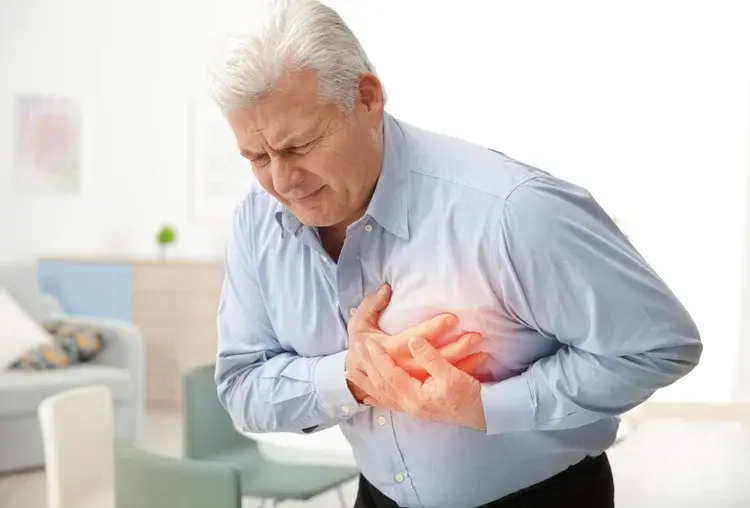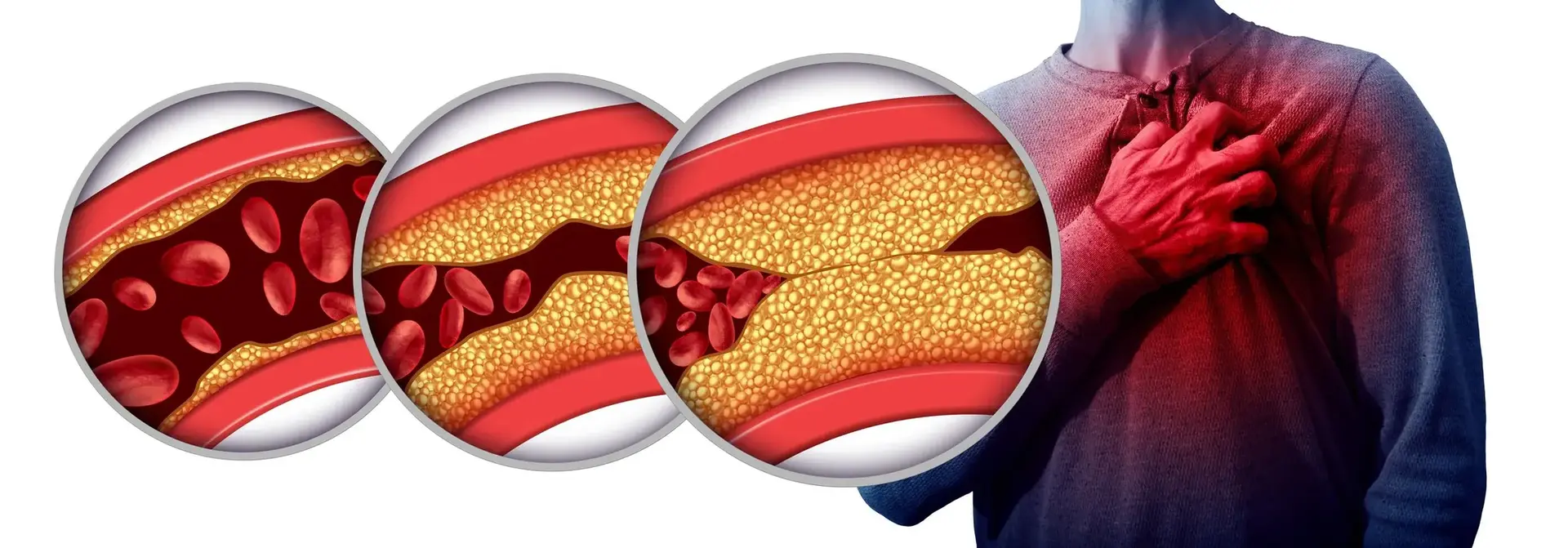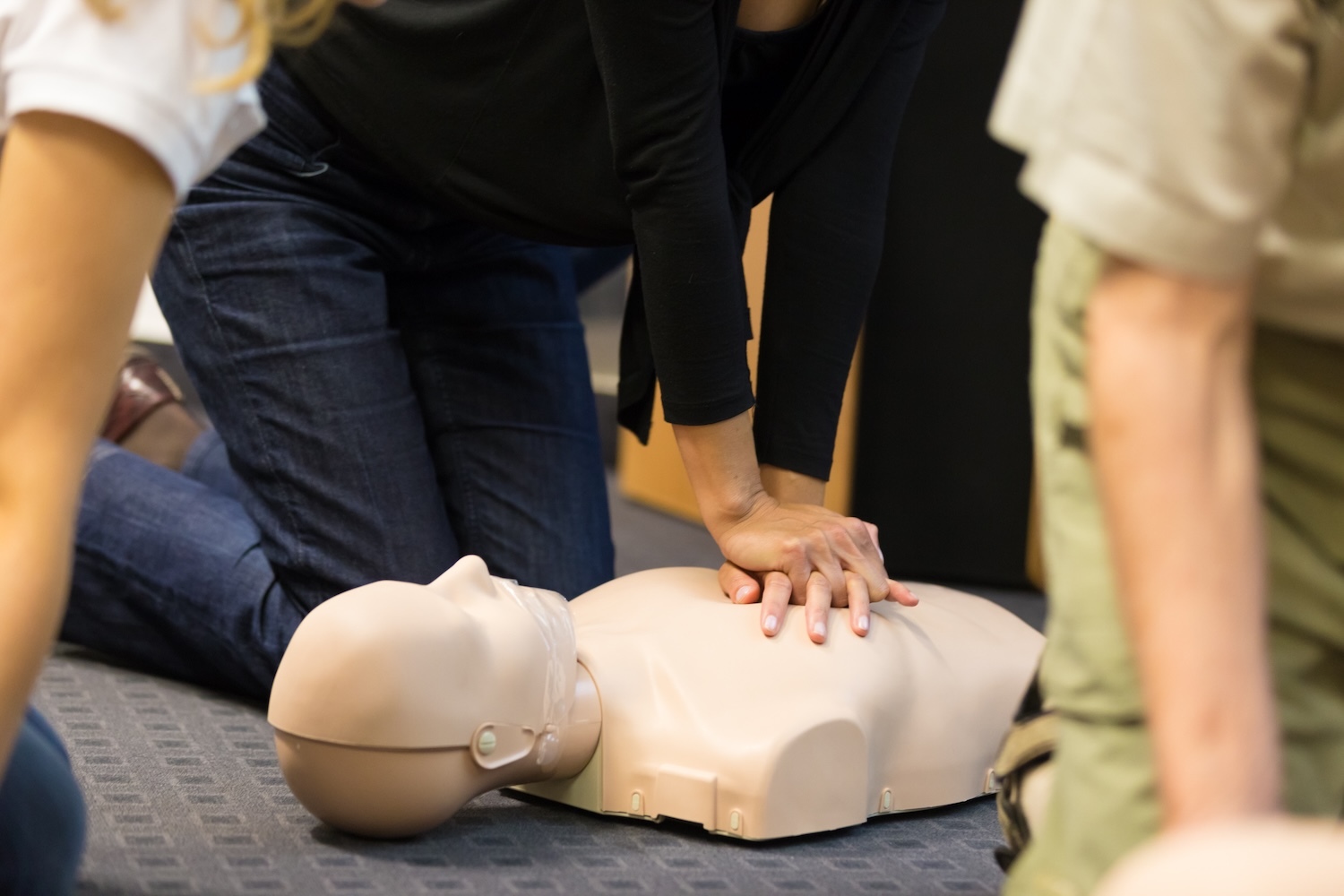Imagine you're at a family gathering, and someone suddenly clutches their chest, looking distressed and short of breath. Would you know what to do? Recognising and responding to a heart attack promptly can save a life. Heart attacks are a leading cause of death worldwide, but with quick action, many lives can be spared.
What is a Heart Attack?
A heart attack occurs when the blood flow to the heart is blocked, often by a blood clot in the coronary arteries. This can damage the heart muscle if not treated quickly, leading to serious complications or death.
Recognising the Signs and Symptoms
The signs of a heart attack can vary, and not all are dramatic. Common symptoms include:
- Chest Pain or Discomfort: Often described as a heavy, tight, or squeezing pain in the centre of the chest.
- Pain in Other Areas: This may radiate to the arms, back, neck, jaw, or stomach.
- Shortness of Breath: Even without chest pain, difficulty breathing can indicate a heart attack.
- Other Symptoms: Sweating, nausea, vomiting, dizziness, or feeling light-headed are also common.
In some cases, especially in women, older adults, or people with diabetes, symptoms can be subtler, such as fatigue or general malaise.
What to Do if You Suspect a Heart Attack
If you think someone might be having a heart attack:
- Call Triple Zero (000) Immediately: Early medical intervention is crucial.
- Keep the Person Calm and Still: Encourage them to sit or lie down comfortably.
- Give Aspirin (If Not Allergic): A 300mg tablet of aspirin can help thin the blood. Ensure the person chews it slowly unless contraindicated by allergies or other conditions.
- Loosen Tight Clothing: This can help them breathe more easily.
- Monitor the Person’s Condition: Be prepared to perform CPR if they lose consciousness and stop breathing. Use the DRSABCD Action Plan to guide your response.
- Use an AED (If Available): If the person becomes unconscious and is not breathing, use an automated external defibrillator.




